E-Commerce has grown to become a multi-billion dollar industry. Every day, we witness more and more brick-and-mortar stores shutting down and e-commerce stores taking their place. More people shift towards e-commerce shopping as their preferred way of buying stuff, especially as e-commerce services become increasingly reliable and fast.
Given the rapid rise of online stores, all digital businesses now have unprecedented competition from other e-commerce stores popping up everywhere. This brings forth a challenge online businesses must address as a priority if they are to survive in the crowd of e-com stores.
E-commerce businesses need to leverage marketing strategies for e-commerce stores to beat the competition and make headway. Incorporating e-commerce marketing tactics into your plan is the only way to ensure that your store builds a sustainable base and grows further.
If you have an e-commerce business and want to experience unparalleled growth, keep reading to know how to use e-commerce marketing strategies to push your business to the limelight.
What Are E-Commerce Marketing Strategies?
E-commerce is about any business operated mainly online. Marketing strategies for e-commerce businesses are not only about making more sales. They’re also about increased engagement, more visitors, high visibility, more conversions, a high number of people visiting the website and the landing page, and more such goals as a part of the marketing plan.
When planned and applied with tactics, marketing strategies for e-commerce can increase the number of people visiting the store and purchasing from it. You can bring in more outbound and inbound leads to the business.
How to Leverage Ecommerce Marketing for Business Growth
You can leverage in several ways e-commerce marketing strategies to increase business growth. With more advanced technology, you have more ways to market a business. Here’s how you can do that too.
1. Implement SEO for Business Website
Several search engines have started businesses with fresh perspectives and brand new approaches. Google is still the number one search engine, and only a few can compete with its growth.
Most people today open Google before they buy anything to do preliminary research and get recommendations. If you can rank on Google and become visible to these people searching for products to buy, your e-commerce business will witness immense growth.
Invest in proper SEO of your website, landing page, and store to rank among the first few search results on Google. E-commerce SEO will ensure that people land on your store and website when they type in a search inquiry related to your business. If you can rank on Google using organic means instead of paid advertising, you will see an immense surge in the visitor count and conversions.
To successfully optimize your store or website on search engines, do keyword research and find out about the words and phrases which are most popular among the audiences. Then, adjust these keywords in your landing pages, website, store, and other areas.
Besides on-page SEO, invest in building backlinks and improving the user experience of the visitors landing on your store. The easier it is to navigate, the more people will click on that coveted ‘buy’ button.
2. Invest in the Right Tools
Marketing in the current scenario has taken a different shape. It is no longer only about advertising banners, TV ads, and brochures. Digital marketing is the number one priority for most businesses.
For online marketing strategies, many different tools are available. The advancement of technology has put several new tools in the limelight that not only help you implement marketing strategies but also aid in keeping track of them. With this, you know what works and what needs changes.
To fully leverage the e-commerce marketing strategies, you must incorporate these tools into your marketing plan. For example, a media monitoring tool will help you keep track of all the social media channels where your business had mentions or shares.
You, as a business, will operate on several platforms and deal with different issues daily. It can be hard to keep track of the social media platforms that tagged or mentioned your e-commerce store.
By using a media monitoring tool for your business, you’ll be able to keep track of where your audience is and the market that is more interested in your product offerings. Combine this with other tools to boost your e-commerce marketing strategies.
3. Use Content Marketing to Attract the Audience
Content marketing might not be as popular as other digital marketing strategies, but it’s one of the best tools to attract an organic audience. Content marketing is a gradual process and a long-term strategy, but it is worthwhile.
For content marketing, create and write unique content targeted toward your desired audience. Write the content to help the readers and provide valuable information related to the field in which you are working. By giving out free and value-laden information, people will become loyal followers, and from there, they will convert into cherished customers.
One thing to know is that you don’t need to create content in written form only. You can also create videos and write posts on social media. Whatever medium you use, ensure original, creative, and valuable stuff for the best results.
Remember that SEO is the key here too. Whatever medium you use to create content, do proper SEO research and optimize your content so that people can find it on Google and other search engines.
4. Focus on the Website Layout
The design and layout of your website or e-commerce store are very vital. Websites and stores are mainly visual media. Layout and design done on these pages create your customers’ first impression.
Ensure that the website layout is clean and provides a great user experience. If people have trouble finding the products or other categories on your website, they will leave the page. The layout of your website or store must also be easy to navigate. Visitors would find the products they need without much hassle.
The design of the website and other pages is of the essence too. A poorly coordinated webpage or colors that don’t sit well on the eyes will leave the audience baffled, and they won’t stay. Choosing the right combination of colors is necessary as these theme colors will represent your brand everywhere — online and offline.
Also, make sure to choose colors that you can work with later on. It is not a good impression if the theme colors of the logo or other icons do not match those of the website. Go for clear designs and minimal and unique layouts, and ensure user-friendliness for maximum engagement with your e-commerce store.
5. Pay for a Spot at the Top
The above e-commerce marketing strategies do not mean you can only go for organic tactics. Using paid strategies to promote your e-commerce store is a must. You should use a combination of paid and unpaid strategies for marketing purposes.
Google reserves certain spots at the top of the page for paid results. You can take part in the bidding war to get the top spot there. You can also run paid ads on social media channels like Facebook and Instagram. You can take up sponsored posts and do paid collaborations on your page to widen your reach.
Incorporating paid marketing strategies can increase the rate of user engagement as more people will visit and buy from your store.
Conclusion
Implement your e-commerce marketing strategies with a planned approach. You can use the best tactics, including SEO, content marketing, social media marketing, and results analysis. You can go for paid strategies to boost sales as well.
Using a balance of paid and unpaid e-commerce marketing strategies is optimal. Do your research, use proper tools, and implement the plan to get the best results.
FAQ
There is no sure-shot answer for this. It depends on the size and needs of your e-commerce store. Some big e-com stores might need an in-house team as they might have a lot of marketing work, while others might prefer the flexibility of an agency.
Several factors go into choosing an agency or an in-house team, such as cost versus profit for both options. You will also have to choose between hiring the expertise of an agency or investing time to train the in-house team. So, this decision ultimately depends on your store’s marketing needs.
AdScale combines both, allowing you to keep the marketing in-house with no special training by using an automation marketing platform that combines multiple channels such as Facebook Ads, Google Ads, SMS & Email. Using the AdScale platform, you can easily advertise your business at the high level you desire and get all the benefits you need from an agency from the BI insights dashboards, AI optimization, and suggestions.
According to stats, paid ads are the most effective channel for driving growth. However, to see the best results from even paid media, comprehensive marketing campaigns work in parallel to bring the customer to the paid ad.
For example, the customer may have landed on your site’s blog post first and may have gone through different channels, after which the paid ad was shown to the lead. Any channel can work for you depending on where you direct your efforts and how you strategize.
E-commerce marketing strategy is about the steps you take to attract people and convert them into paying customers of your store. There can be several things in your marketing strategy based on your target audience and other factors.
Your marketing strategy could include subscription offers, backlinks generation, building a loyalty program, optimizing the website and social media channels, and more.
For more people to find your e-commerce site organically, adopt SEO practices. Make sure your website is optimized and follows the top SEO practices. You should also start following the content marketing strategy to bring in more people organically. Know what people want and help them out in the best possible way.
Written by Marcus Clarke, Digital Content Manager at Messente
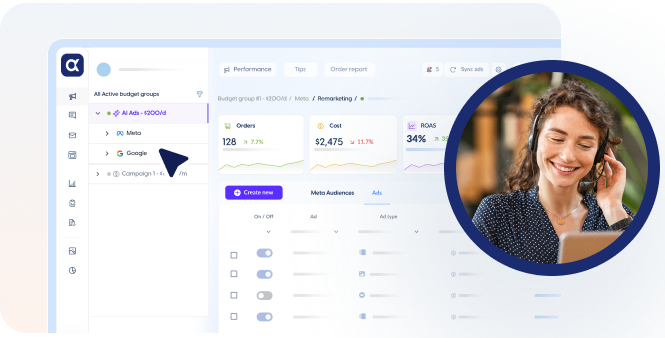

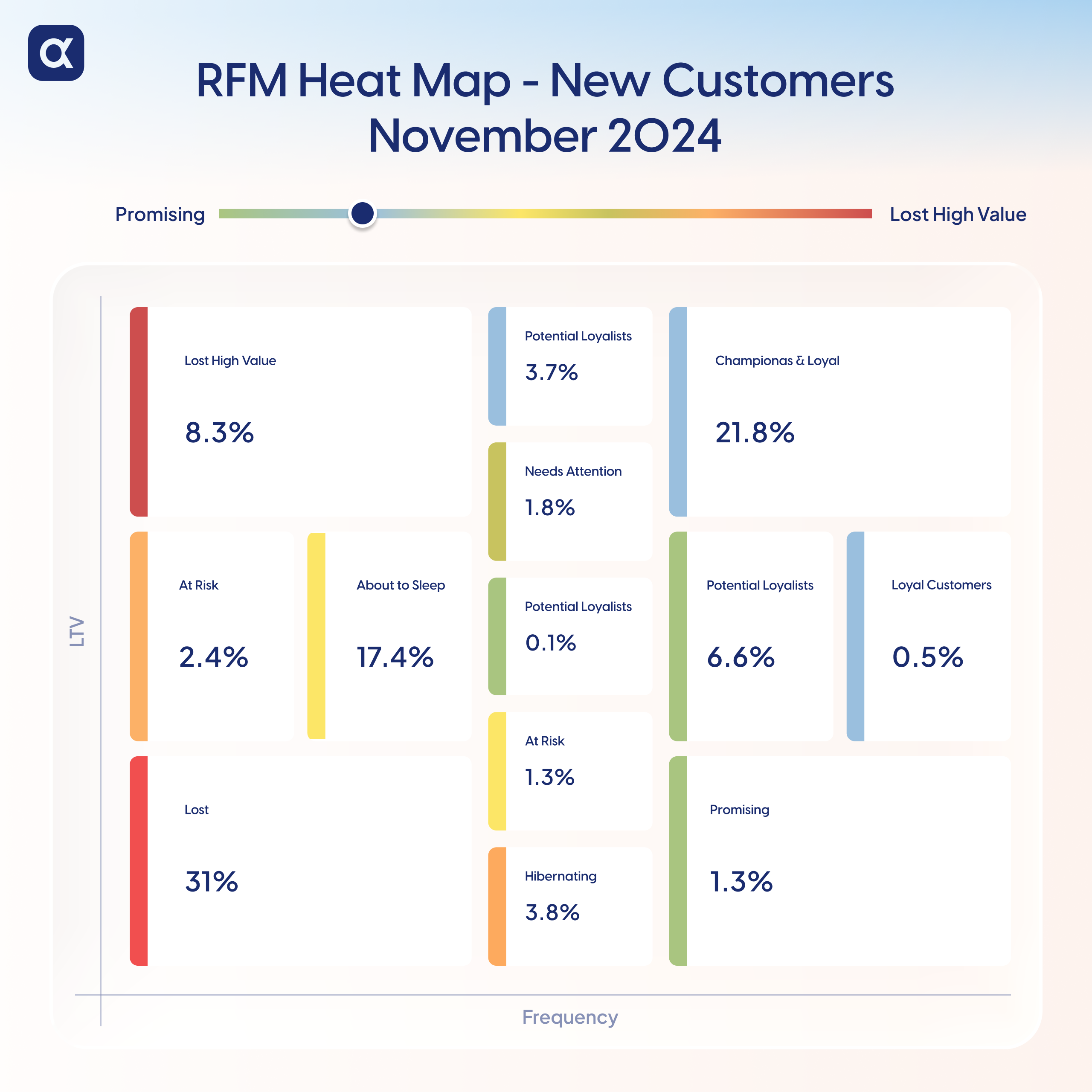

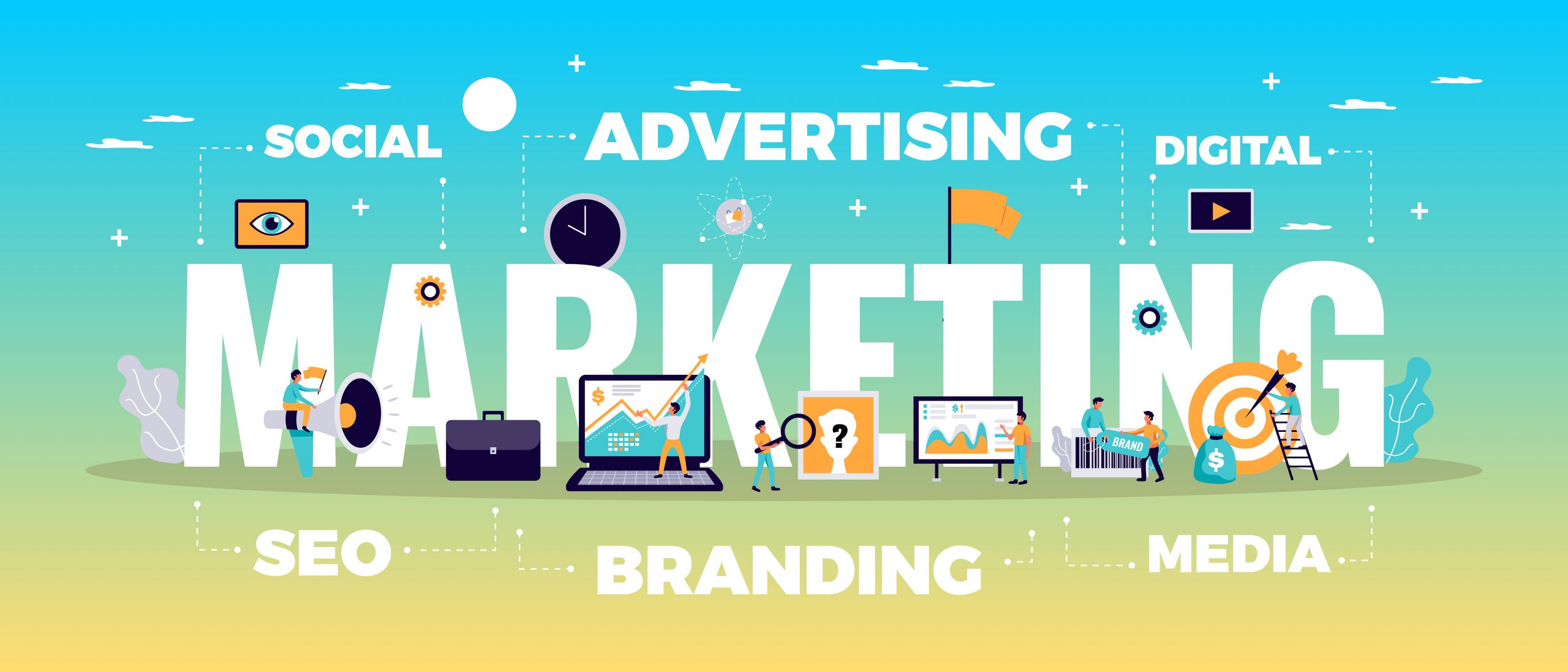





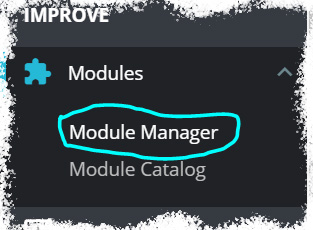

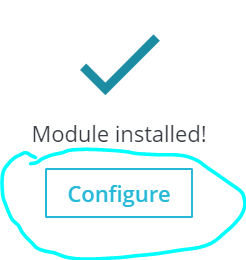



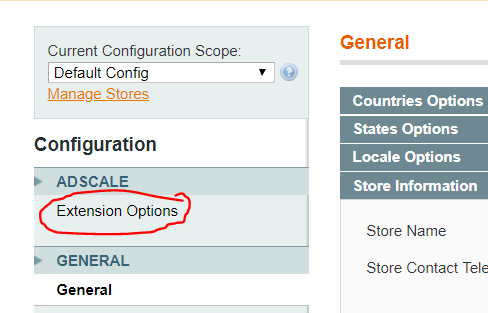
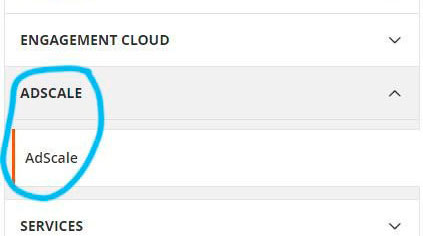

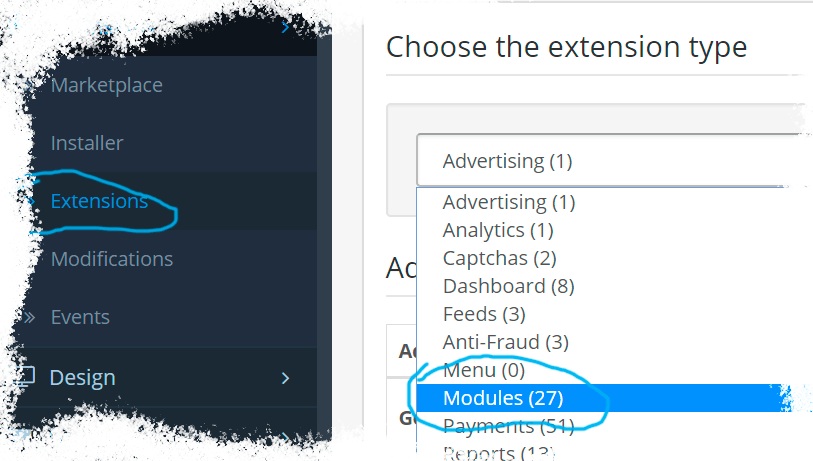
 ,
,